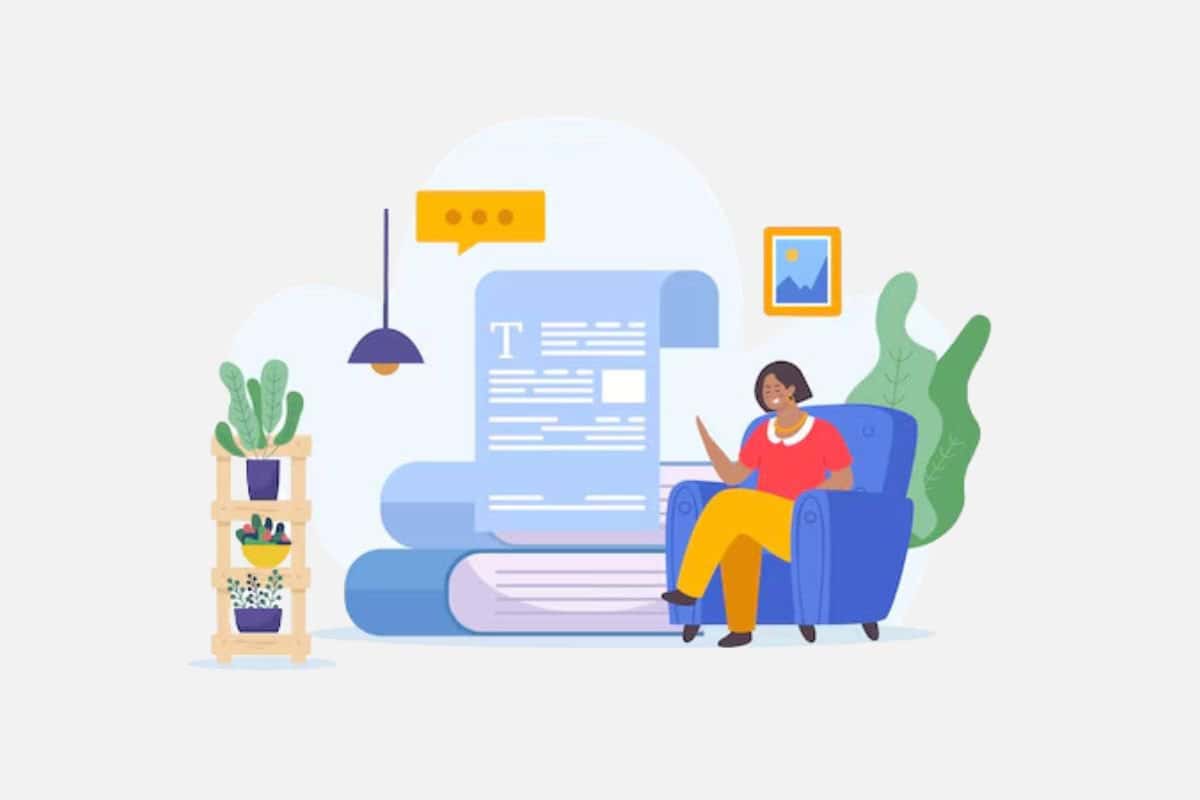You’re staring at a blank screen , wondering how to cram your entire life into a few words without sounding like a robot?
No matter if it’s for college, university or a once-in- a life scholarship, writing your personal statement for the first time can be daunting.
You’ve read hundreds of examples online – but they all feel polished, too perfect.
Nothing like your messy, complicated story.
And, here’s the hard truth:
A personal statement isn’t about being impressive, it’s about being MEMORABLE.
We see students/professionals competing by writing fancy words and exaggerating their achievements.
However, that is not the case.
In this blog, you’ll learn how to write a memorable, effective personal statement that gets you accepted, hired or funded even if you’re not that interesting.
Because, a recent study by medical school insiders show that 56% of applicants got rejected because of the boring, non authentic personal statements/essays.
Definition and Purpose
Let’s talk about the answer colleges/universities are trying to find in your personal statement.
Your personal statement should answer the question – “Why should we care?”
Because a personal statement is your written narrative/story about your qualifications, achievements, and skills you have.
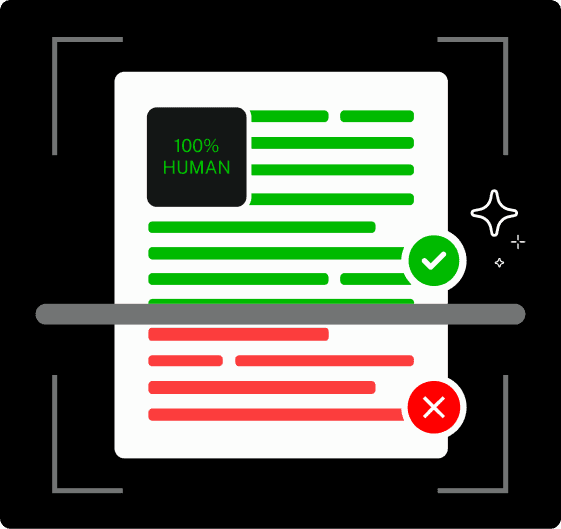
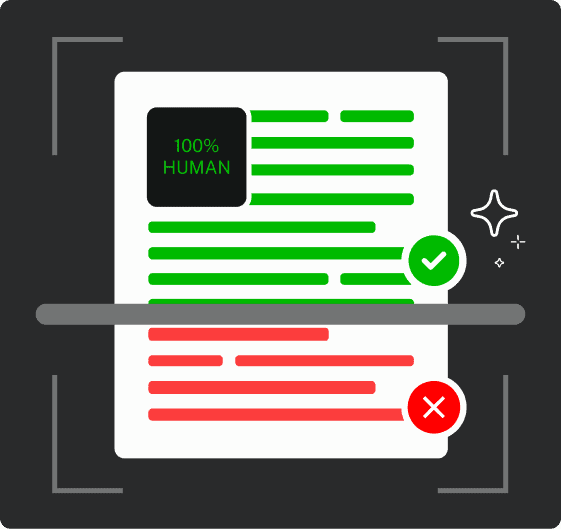
Never Worry About AI Detecting Your Texts Again. Undetectable AI Can Help You:
- Make your AI assisted writing appear human-like.
- Bypass all major AI detection tools with just one click.
- Use AI safely and confidently in school and work.
And if you can’t stand out with your own story, you can’t expect a positive response from them.
You see,
The one who succeeded, didn’t have the highest GPAs or medals,
They told stories in their personal statements that make decision makers immediately accept them.
Why Does Personal Statement Matter?
Does personal statement really matter?
Let’s look at two scholarship applicants writing their applications.
Applicant A:
“I’m the first in my family to go to college. I work hard and want to make them proud.”
Applicant B:
“My mom’s a janitor who taught herself English by watching courtroom dramas. At 14, I helped her translate a legal letter demanding unpaid wages. We lost the case, but she said, ‘Remember, education is the only thing they can’t take from you.’ Now I want to become a lawyer—to fight for people like her.”
You see,
The first application seems too generic and boring,
But the second applicant feels more personal by sharing his/her real life story.
People don’t remember your bullet points or the list of achievements,
They remember your relatable stories.
Types of Personal Statements
Personal statements come in different flavors, but it all depends on where you’re applying for.
- Academic Personal Statements
Often, these are used for college, grad schools or scholarship applications. Here’s a quick example:
Bad: “I’m passionate about Science because it’s interesting and I want to study Science at your university.”
Good: “During my internship at high school, I spent 4-5 hours examining bacterial cultures under a microscope, fascinated by how these tiny organisms could impact human health .”
You’ve to understand that you need to be more authentic even when mentioning your academic achievements.
- Professional Personal Statements
Here, now you’ve to prove your creative approach to solving real time problems.
Let’s be real here.
Companies don’t want buzzwords – they want stories of how you fixed things with your skills.
Bad: “I’m a team player with strong leadership skills.”
Good: “I convinced 12 skeptical interns to adopt a new project management tool…by bribing them with donuts. Productivity soared 40%.”
That’s how you become memorable.
Here’s another example:
Bad: “I’m expert in digital marketing for fashion brands”
Good: “In the first 6 months, I’ve increased brand engagement to 23% with my strategic marketing skills that competitors don’t know about.”
- Creative Personal Statements
Make them feel something about YOU.
Because creativity is not about explaining, it’s about making them pause, laugh or cry.
Bad: “My paintings explore the human condition.”
Good: “I paint portraits of strangers on the subway—not their faces, but the emotions they hide behind headphones.”
Now, this is not just an art, it’s a story with emotions.
You need to show your obsession with stories, not stats.
PRO TIP: You can use the AI Humanizer to write stories that sound like YOU.
And, if you want to refine your own tone or personality in your statements, you can try our Paraphrasing tool.
How to Write Your Personal Statement?
- Understanding The Application Requirements
Most people treat application requirements like terms & conditions—they skim, then panic later.
Here’s how to hack them:
- Look for hidden keywords: If a grad program says “collaborative research,” they want team players. If a job posting says “innovative solutions,” they want problem-solvers.
- Do this now: Highlight every verb in the requirements (“analyze,” “design,” “lead”). Your personal statement should mirror their language.
Example:
- Requirement: “Seeking candidates who thrive in fast-paced environments.”
- Your line: “At my last internship, I juggled 3 client deadlines in 48 hours by creating a ‘panic spreadsheet’ that’s now used company-wide.”
- Researching the Institution or Role
Make sure you do some good and deep research before writing your good personal statement.
Bad Research: Harvard is a great school, I want to join ASAP.
Good Research: Find out at least 3 specific details why you’re the fit for this position.
How to do it:
- For schools: Find a professor’s work you’re obsessed with. Mention it.
Example: “I’ve followed Dr. Smith’s AI ethics research since her 2022 TED Talk. I want to expand her work into public school curriculums.”
- For jobs: Find a recent company project or value.
Example: “I noticed your ‘Green Week’ initiative. At my last job, I reduced office waste 30% by replacing paper cups with… ugly (but beloved) team mugs.”
Pro Tip: Use LinkedIn to find current students/employees. What do THEY talk about? Steal their vocabulary.
- Identifying Your Key Strengths and Experiences
Bad approach: “I’m hardworking, passionate, and a leader.” (Yawn.)
Good approach: Connect your strengths to specific moments.
Try this exercise:
- List 3 challenges you’ve faced (big or small).
- Ask: What did I learn about MYSELF here?
- Turn it into a story.
Example:
- Challenge: Your student club’s budget got cut.
- Strength: Resourcefulness.
- Story: “When our budget was slashed, I negotiated with a local bakery to fundraise with leftover croissants. We made $1k, and I learned that ‘scarcity’ sparks creativity.”
You see, how it works instead of just doing it like a random person who doesn’t even know about writing stories.
- Outlining Your Personal Statement Before Writing
So, after staring at a screen for hours, most people start writing and end up with a messy first draft.
Instead, build an outline first.
You can think about your challenges, struggles, your achievements and everything you’ve done in your life.
Next, you’ll see the structure of a personal statement, which will help you create a better outline for it.
If you’re still staring at that blinking cursor, not sure how to start your outline or first draft, our AI Email Generator can help you break through the block.
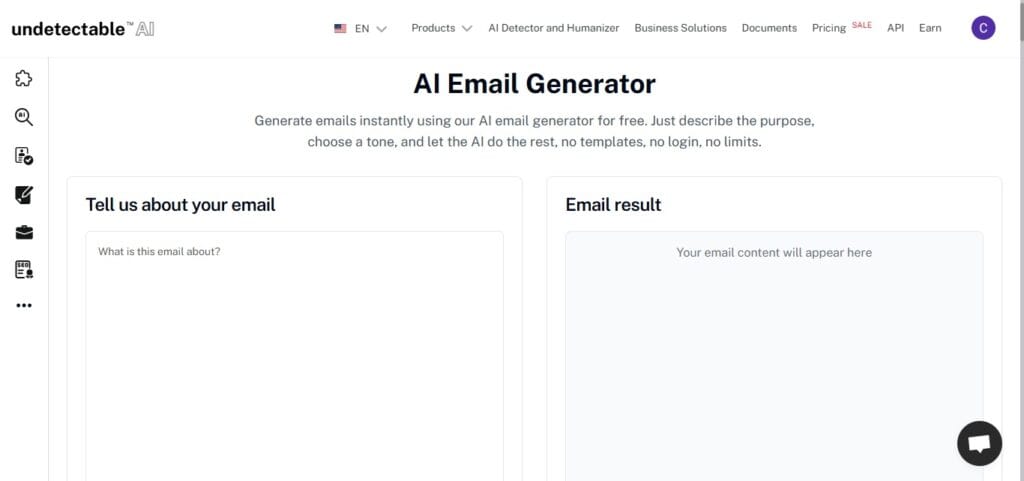
While originally designed for emails, it’s incredibly effective for drafting concise, compelling personal statements—especially when you need to express intent with clarity.
Just input your goals, tone, and context, and it’ll generate a thoughtful first draft you can refine into something truly personal.
Structure of Personal Statement

Now most people get confused herer when it comes to structure.
So, let’s break it down.
- Introduction
The hook is the most important part of an introduction when you’re writing your personal statement.
You have to capture their attention with your relatable story in the first few seconds.
Bad Example: “I’ve always wanted to be a doctor because I like helping people.”
Good Example: “The first time I stitched a wound, it wasn’t in a hospital—it was on my dog, after he crashed through a window chasing a squirrel. (He’s fine. The squirrel won.) That’s when I realized medicine isn’t about perfection—it’s about staying calm in chaos.”
Your intro should make the reader think, “Wait, WHAT? I need to know how this ends.”
You can imagine it like the first scene of a Netflix series. Would you keep watching?
- Main Body
Remember, you’re not writing a resume.
This is your authentic story of how you evolved.
Use the “Before → Struggle → Breakthrough” framework:
Example (For a Marketing Internship):
- Before: “I thought marketing was just attractive slogans.”
- Struggle: “Then I ran a TikTok campaign for my aunt’s bakery. We got 3 views—all from my mom.”
- Breakthrough: “I spent a week studying viral food videos, realized ‘ugly delicious’ beats ‘perfect,’ and rebranded her muffins as ‘Messy Magic.’ Sales tripled.”
Why It Works:
- Shows humility (failed at first).
- Proves problem-solving (studied, adapted).
- Ends with results (tripled sales).
You can use specific numbers, names to build more credibility.
- Conclusion
So, your conclusion should answer this:
“Why you? Why now?”
Bad Example: I’m excited to bring my skills to your company with a lot of experience.
Good Example: In high school, I built a bot to auto-reply to my crush’s texts. But coding that bot taught me something: Technology works best when it’s human. At [Company], I’ll bring that lesson to projects that don’t just solve problems—they make people feel seen.”
Admission officers aren’t looking for perfect robots, instead they want real people with real stories.
Writing Your Personal Statement
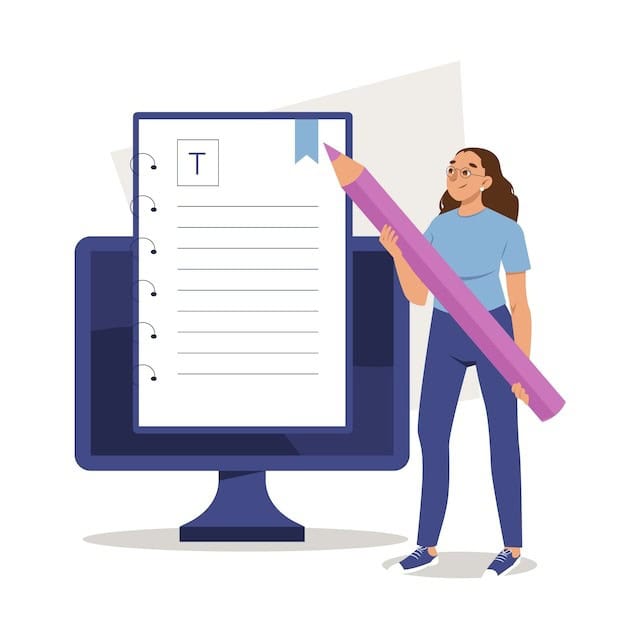
- Showcasing your achievements and skills.
If you just list your certification/skills on your personal statement, it won’t work.
Instead, tell a story how those skills made an impact on your life.
Bad Example: “I led a volunteer project that helped 100 people.”
Good Example: “I organized a beach cleanup, but only 3 people showed up. Instead of quitting, I called local cafes and offered free coffee to anyone who brought a bag of trash. Suddenly, 50 strangers showed up—and we collected 300 lbs of waste.”
- Balancing Personal and Professional Tone
Be a real human, but don’t try to overshare things.
Bad Example: “My childhood trauma taught me resilience, which I apply to data analysis.”
Good Example: “Growing up, I watched my mom work three jobs to keep our family afloat. She tracked every penny in a worn-out notebook. Today, I apply that same to financial forecasting—but with fewer coffee stains.”
- Maintaining Relevance & Focus
You should try to keep things relevant to your personal statement.
Every sentence answers this,
“Why am I telling you this?”
Every word should add a value, and if it doesn’t support your application, leave it out.
Tools like AI SEO Writer by Undetectable AI will help you fix your tone issues and make your personal statements more relatable.
Editing & Polishing Your Personal Statement
- Reviewing for clarity and consistency.
In this step, you need to cut the fluff – even every single word.
Read your personal statement out loud, if you stumble over a sentence, rewrite it.
And, if you can’t explain it to a 12 year old, then delete it.
Ask yourself a question.
Does your voice stay the same? Pick one tone and stick to it.
- Seeking Feedback from Mentors
Most people ask, “What do you think?” and get useless answers like “It’s good!” Instead, say:
“What’s the ONE thing you’ll remember about me after reading this?”
“Where did you zone out?”
“What’s confusing or feels like bragging?”
This will help you refine your statement in a better way.
- Using Tools to Refine Grammar & Style
Tools are your helpers, they are not writers.
If your statement sounds like a robot wrote it, you’ve gone too far.
- Grammar/Spelling: Use tools like Grammarly or Hemingway Editor to catch typos. But never let an algorithm override your voice.
- Originality: Run it through a Plagiarism Checker.
- Tone: Paste sections into the AI Humanizer if it feels stiff.
Test the Humanizer in the widget below!
FAQs
How to write a personal statement for grad school?
You can emphasize your research interests, academic background, and the ways in which this particular program fits with your professional objectives.
You can relate it with your real life stories.
How to write a personal statement for law school?
You can show your critical thinking, problem-solving abilities, and a deep interest in the law. Write compelling stories to demonstrate your passion in law.
How to write a personal statement for medical school?
You can concentrate on your commitment to patient care, practical experience, and resilience.
Share personal stories that convey empathy, passion, and motivation in medicine.
How to write a personal statement for residency?
They want to know why you picked this specialty and how you handle pressure. Show them through real experiences, not just buzzwords.
How to write a personal statement for an internship?
Employers don’t care about your coursework. You need to show them what skills you bring to the table and how you’ll make their lives easier.
How to write a personal statement for scholarship?
Don’t just say you need the money. Prove why investing in you is a no-brainer by sharing your achievements and future impact.
Conclusion
When your essay/personal statement leaves strangers thinking, “I need to meet this person,” you’re ready.
Now go delete that cliché, and hit submit. The world’s waiting for your story—not a perfect one, but one only you can tell.
Tell stories, not stats. Be the friend who says, “Wait, let me tell you why this matters.”
